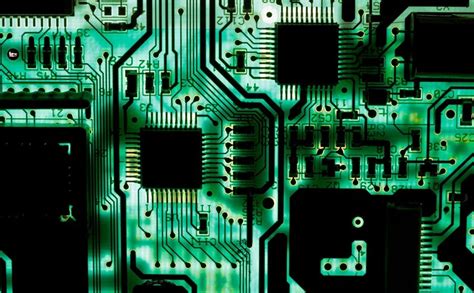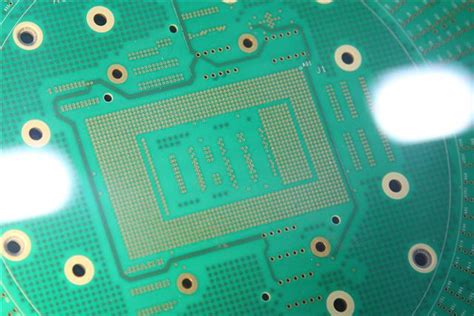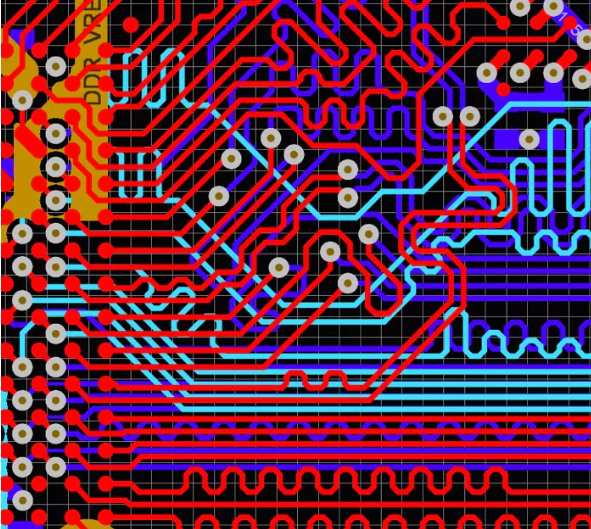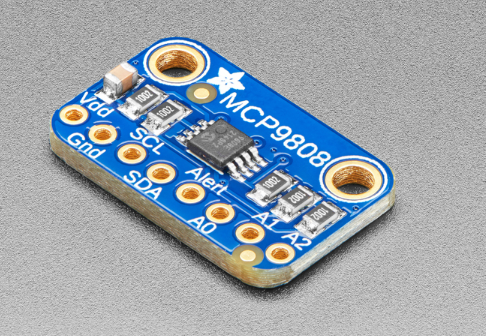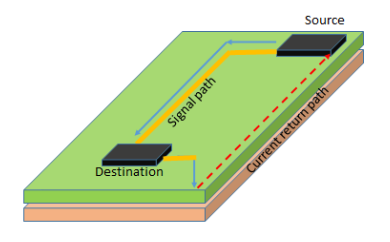Printed Circuit Board Assembly (PCBA): Technology, Application and Future Trends
Introduction
Printed Circuit Board Assembly (PCBA) is one of the core links in the manufacture of modern electronic devices. From smartphones and laptops to automotive electronics and medical devices, the functional realization of almost all electronic products depends on PCBA. PCBA not only involves the design and manufacture of circuit boards, but also includes the installation, welding, testing and other links of components. With the rapid development of electronic technology, the technical level and manufacturing process of PCBA are also constantly improving. This article will explore the technical details, application areas and future development trends of PCBA in depth.
Basic concepts and processes of PCBA
1. What is PCBA?
PCBA refers to the process of installing electronic components (such as resistors, capacitors, integrated circuits, etc.) on a printed circuit board (PCB) and achieving electrical connections through welding and other methods. Unlike bare PCB, PCBA is a fully functional circuit module that can be directly used for the assembly of electronic devices.
2. Main Process of PCBA
The manufacturing process of PCBA usually includes the following key steps:
(1) PCB design and manufacturing
PCB design is the basis of PCBA. Designers use EDA (electronic design automation) software to draw circuit diagrams and generate Gerber files based on circuit functional requirements. PCB manufacturers produce bare boards based on these files, including substrates, copper layers, insulation layers and pads.
(2) Component procurement and inspection
The quality and reliability of components directly affect the performance of PCBA. Before assembly, components need to be strictly inspected to ensure that they meet design requirements and industry standards.
(3) Component installation
There are two main ways to install components:
- Surface mount technology (SMT): Components are directly mounted on the PCB surface, suitable for miniaturized and high-density circuit boards.
- Through-hole technology (THT): The pins of components are inserted into the through holes of the PCB, suitable for circuit boards with high power or high reliability requirements.
(4) Soldering
Soldering is a key step to fix components on PCB and achieve electrical connection. Commonly used soldering techniques include:
- Reflow soldering: Applicable to SMT components, soldering is achieved by heating solder paste.
- Wave soldering: Applicable to THT components, soldering is achieved by molten solder wave.
(5) Cleaning and inspection
After soldering, the PCBA needs to be cleaned to remove solder slag and residue. Then, the soldering quality and component installation are checked by automatic optical inspection (AOI), X-ray inspection and other means.
(6) Functional testing
Finally, the PCBA is functionally tested to ensure that it meets the design requirements. The test content includes electrical performance, signal integrity, power consumption, etc.
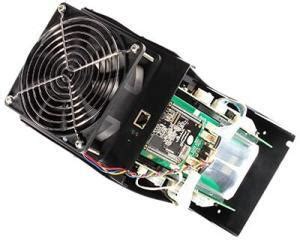
2. Key technologies of PCBA
1. Surface mount technology (SMT)
SMT is the mainstream technology in the field of PCBA and has the following advantages:
- High density: Components can be installed on both sides of the PCB, significantly improving the integration of the circuit board.
- Miniaturization: Suitable for micro components, meeting the needs of thin and light electronic products.
- Automation: SMT production lines can achieve high automation and improve production efficiency.
2. High-density interconnection (HDI) technology
HDI technology achieves high-density interconnection between multi-layer PCBs through designs such as microvias, blind vias, and buried vias. HDI technology is widely used in high-performance electronic devices such as smartphones and tablets.
3. Flexible circuit board (FPC) technology
FPC uses a flexible substrate that can be bent and folded. It is suitable for application scenarios with limited space or requiring dynamic bending, such as wearable devices and automotive electronics.
4. Three-dimensional packaging technology
Three-dimensional packaging technology achieves higher integration and shorter signal transmission paths by stacking multiple chips or PCBs. This technology has important applications in high-end processors, memory and other fields.
III. Application fields of PCBA
1. Consumer electronics
Consumer electronics is the largest application field of PCBA, including smartphones, tablets, smart home devices, etc. The requirements for PCBAs in these products are high integration, miniaturization and low cost.
2. Automotive electronics
A large number of PCBAs are used in modern cars for engine control, in-car entertainment, autonomous driving and other functions. The requirements for PCBAs in automotive electronics are high reliability and resistance to high temperature and vibration.
3. Medical equipment
PCBA in medical equipment is used for vital signs monitoring, imaging diagnosis, treatment equipment, etc. The requirements for PCBAs in these applications are high precision, high reliability and compliance with medical industry standards.
4. Industrial control
PCBA in industrial control systems is used for PLC (programmable logic controller), sensors, robots, etc. The requirements for PCBAs in these applications are strong anti-interference ability and adaptability to harsh environments.
5. Aerospace
The requirements for PCBAs in the aerospace field are extremely strict, including high reliability, resistance to extreme temperatures and radiation resistance. PCBA has important applications in satellites, flight control systems, etc.

4. Future development trend of PCBA
1. Intelligent manufacturing and automation
With the advancement of Industry 4.0, PCBA manufacturing will become more and more intelligent and automated. By introducing technologies such as artificial intelligence, machine vision, and the Internet of Things, real-time monitoring, intelligent scheduling, and predictive maintenance of the production process can be achieved, further improving production efficiency and product quality.
2. Green manufacturing
The increase in environmental awareness has promoted the development of PCBA manufacturing in a green direction. By adopting lead-free solder, environmentally friendly cleaning agents, recyclable materials, etc., the impact on the environment can be reduced and the environmental protection requirements of customers and society can be met.
3. High integration and miniaturization
With the continuous increase in the functions of electronic devices, the integration and miniaturization requirements of PCBA are also increasing. In the future, PCBA will adopt more advanced packaging technologies (such as SiP system-level packaging) and more sophisticated manufacturing processes (such as nanoscale circuits) to meet the needs of high performance and miniaturization.
4. Flexible electronics and wearable devices
The development of flexible electronics technology has brought new opportunities for PCBA. In the future, flexible PCBA will be widely used in wearable devices, foldable screen mobile phones, smart clothing and other fields.
5. 5G and IoT
The popularity of 5G and IoT has put forward higher requirements for PCBA. In the future, PCBA needs to support higher signal transmission rate, lower power consumption and stronger anti-interference ability to meet the needs of applications such as 5G base stations and IoT terminals.

5. Key factors for selecting PCBA suppliers
1. Technical capabilities
When selecting a PCBA supplier, the first thing to consider is its technical capabilities, including the mastery of technologies such as SMT, THT, HDI, as well as the advancement of equipment and the automation level of the production line.
2. Quality control
Quality control is the core of PCBA manufacturing. Suppliers should have a strict quality control system and pass industry certifications such as ISO 9001 and IATF 16949.
3. Delivery time
In today’s rapid iteration of electronic products, delivery time has become an important consideration for selecting PCBA suppliers. Suppliers should have the ability to quickly proof and mass produce.
4. Cost Control
Cost control is a factor that cannot be ignored when selecting a PCBA supplier. Suppliers should provide competitive prices by optimizing design, mass production and other means.
5. Customer Service
Good customer service and technical support are important considerations for selecting a PCBA supplier. Suppliers should be able to provide a full range of services, including technical support, after-sales service and smooth communication channels.
Conclusion
Printed circuit board assembly (PCBA) is the core link in the manufacture of modern electronic equipment. Its technical level and manufacturing process directly affect the performance and reliability of electronic products. With the development of technologies such as intelligent manufacturing, green manufacturing, high integration, and flexible electronics, PCBA will usher in a broader application prospect. For electronic manufacturing companies, choosing a PCBA supplier with strong technical capabilities, strict quality control and high-quality services will be the key to ensuring product success. In the future, the PCBA industry will continue to promote the innovation and development of electronic technology and make greater contributions to the progress of human society.

